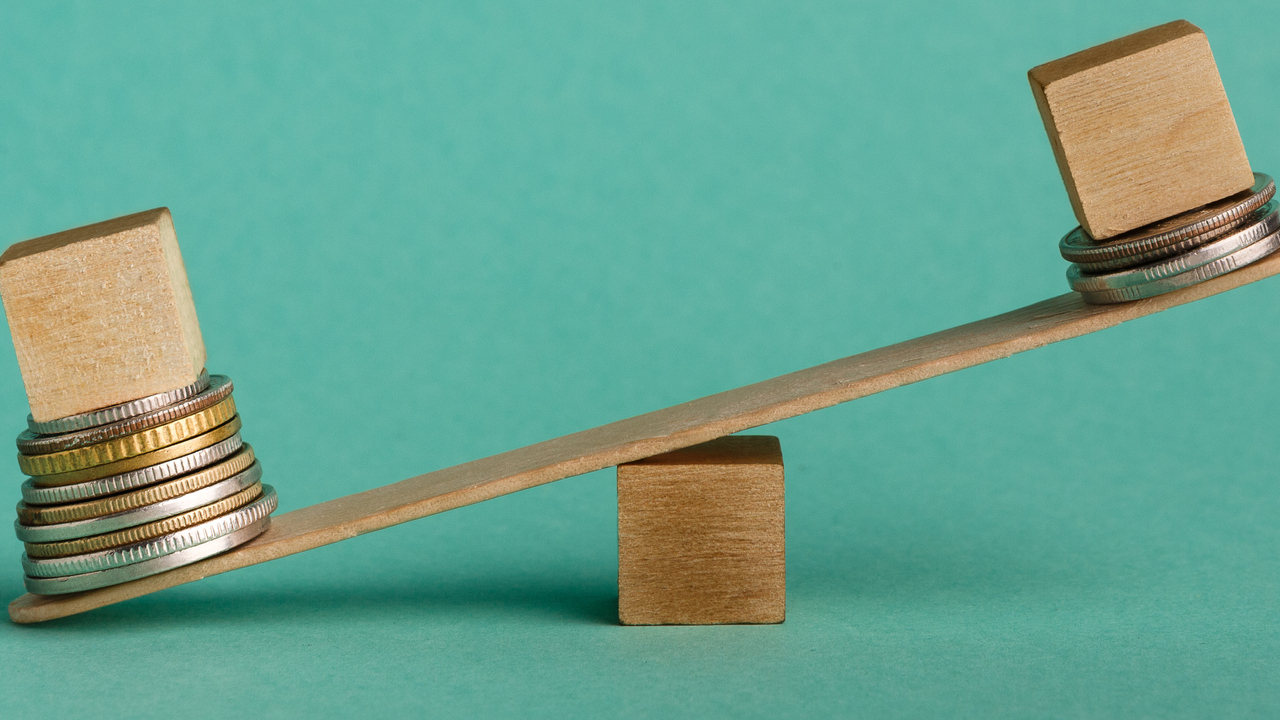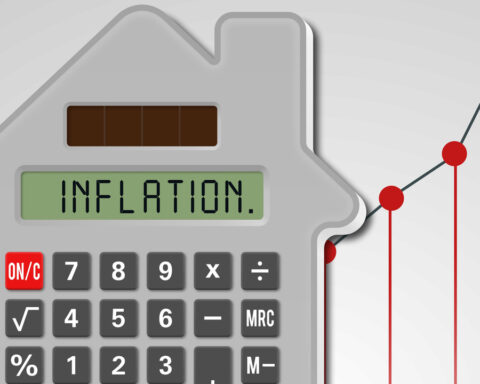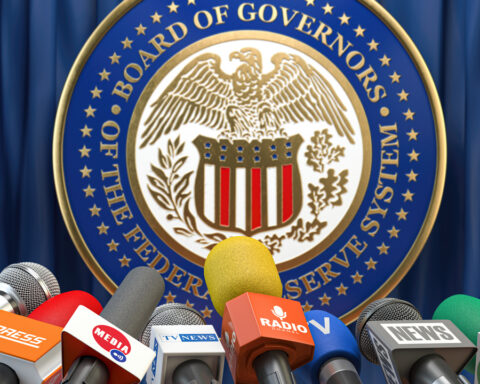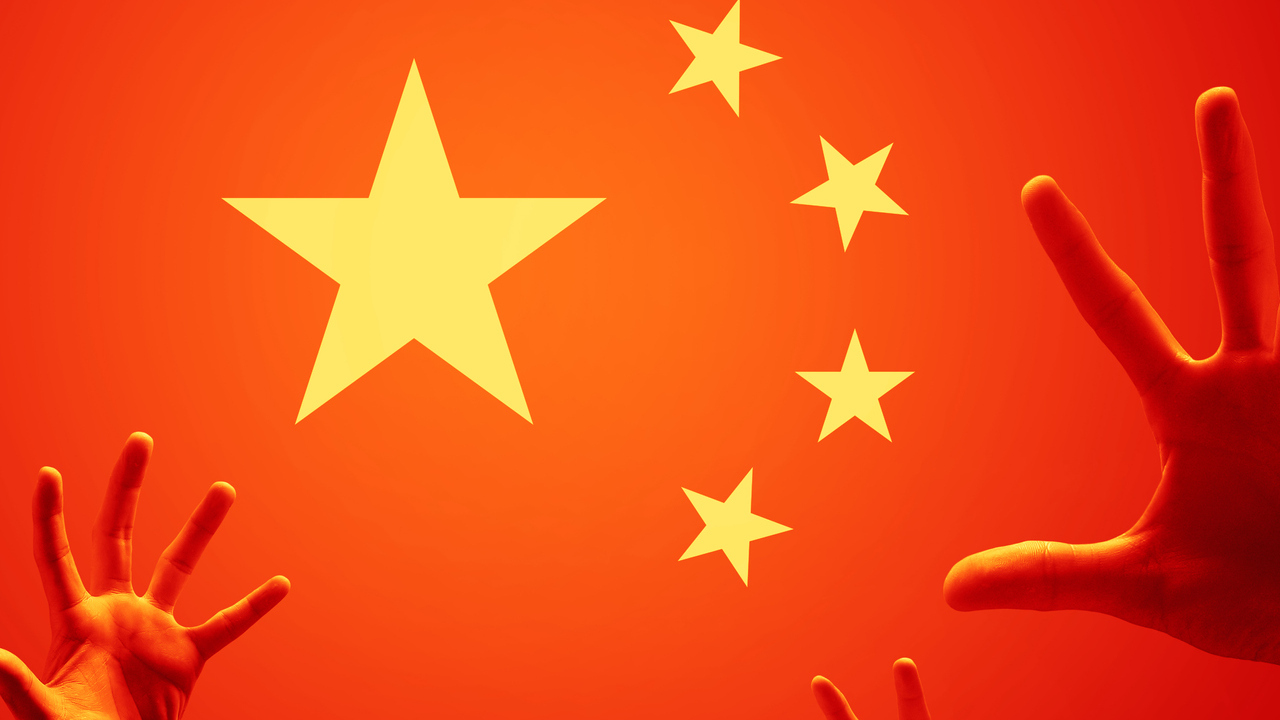The fiscal and monetary policies enacted by both the Trump and Biden administrations in response to COVID-19 have encompassed an unprecedented level of government spending, with desultory impacts on our country’s economic outlook.
As of January 2022, the federal government has spent a gargantuan $3.6 trillion and is obligated to spend $500 billion more.
The costliest programs include:
- $848 billion in direct payments to qualified Americans.
- $827 billion in small business loan subsidies.
- $720 billion in combined unemployment compensation and insurance benefits.
- $500 billion in emergency assistance to state and local governments.
- $350 billion for public health initiatives such as vaccine distribution.
- $275 billion for grants to educational institutions.
These programs have done little to benefit individuals suffering most from the pandemic, nor have they enhanced overall macroeconomic health.
For example, a recent working paper from the National Bureau of Economic Research found that 72% of disbursed small business loans flowed to the high-income households, despite ostensibly targeting low and middle income Americans.
The other two costliest programs – unemployment benefits and direct payments – have been equally counterproductive.
Another recent NBER study found that unemployment benefits disincentivized individuals to return to work for months. And, though the unemployment rate has finally rebounded to 4% as of February 2022, this rate only includes individuals who are willing and able to work, and who are actively seeking that work.
If one looks more deeply into the most recent report from the Bureau of Labor Statistics, they will find that the numbers pale in comparison to pre-pandemic levels.
- The labor force participation rate sits at 62.2%, in comparison to February 2020’s 63.4%.
- The number of long-term unemployed – individuals jobless for 27 weeks or more – remains 1.7 million, in comparison to 2020’s 1.1 million.
- There are nearly 11 million total jobs available, compared to 6 million two years ago.
- Continuing a recent concerning trend, approximately 1 million additional individuals voluntarily left their jobs in January of 2022 alone, a statistic that was not highlighted by the BLS prior to the pandemic’s arrival.
Why is there so much greater resistance towards working? Well… Why work, when you can receive money for nothing?
However, issues surrounding unemployment are hardly the only problem with the U.S. economy.
For one, though U.S. gross domestic product (GDP) has experienced a recent spike, this is a temporary bubble. The direct payments and other benefits that flowed directly to consumers are finally being spent now that society has re-opened; personal consumption expenditures (PCE) hit nearly $16.5 trillion in December of 2021 for the highest level in U.S. history.
The economic growth created by this demand surge, however, is not sustainable, for multiple reasons. First, consumer demand for non-essential services and goods will taper, as the free money faucet created by the largest welfare initiative in American history finally sputters out.
Second, all of this pent-up demand has interacted with the general lack of product availability caused by ongoing supply chain bottlenecks. As anyone who has taken an introductory economics course knows, high demand and low supply equilibrates to higher prices. The inflation rate jumped from 1.4% in January of 2021 to 7% in December, representing the most rapid single year increase since stagflation in the 1970s. More so than services, basic tangible products such as gasoline, apparel, food, and general household goods have seen significantly higher price increases.
To curb this, the U.S. Federal Reserve is poised to raise interest rates, the traditional monetary policy response to rising inflation. But, raising interest rates will do absolutely nothing to improve our supply chain issues, nor will it reduce demand for the essential goods that are most impacted by price hikes.
What raising rates will do, however, is reduce the incentive to borrow and invest – the key to sustained economic growth when done in moderation.
Meanwhile, as the Fed focuses on a problem it cannot fix, it continues to propagate perhaps the most insidious impact of our government’s fiscal and monetary policy agenda: a massive concentration of wealth and power by corporate and financial elites.
Corporate leaders have been able to leverage relaxed regulations and soaring inflation to substantially increase their profit margins. Greater than half of over one thousand anonymously surveyed company leaders recently admitted they are using inflation to price gouge, raising prices well over what is required to offset production costs. As former Secretary of Labor Robert Reich recently wrote, “They have enough market power to pass these costs on to consumers, sometimes using inflation to justify even bigger price hikes.”
Corporate profits have resultingly reached record heights, with corporations reporting over $1.7 trillion in after-tax profits in the third quarter of 2021. CEO’s have benefited the most, with their pay rising 16% in 2020 compared to 1.8% wage and salary increases for their employees.
As for financial institutions, the Fed has directly empowered banks and investment companies via myriad policies including decreasing the federal funds rate, extending the length of the loan discount window, generally relaxed regulatory oversight, and authorizing virtually zero-interest loans to its “primary securities dealers” via the re-establishment of the Primary Dealer Credit Facility (PDCF). Simultaneously, the Fed has continued its obsession with quantitative easing, purchasing massive amounts of debt from financial institutions in exchange for trillions of dollars that flow directly through bank channels, further increasing their wealth.
Banks and investment companies have benefited immensely. For example, JP Morgan reported post-tax profits of $48.3 billion in 2021, 35% higher than their previous record. Goldman Sachs has reported similarly high profits, and is giving out millions of dollars in bonuses to its top performers. Blackrock – directly hired by the Fed to work as its agent during the early stages of the crisis – has increased its holdings from $7.4 trillion to over $10 trillion in assets under management over the past two years. All of this has only made elites richer; billionaires have enjoyed a 70% surge in net worth during the pandemic.
So, in conclusion, what has our COVID-induced federal economic policy engendered? A dramatic concentration of wealth in the highest echelons of society, and a macroeconomic house of cards.
First published at: RedState.
Photo by Prostock-Studio.
Jack McPherrin is the managing editor of 1818 Magazine. Jack works as the research editor for the Editorial Department of The Heartland Institute, where he also contributes to the mission of the Socialism Research Center as a research fellow. He is in the final stages of completing his Master’s Degree in International Affairs from Loyola University-Chicago, where his myriad research interests primarily encompass domestic and international economic policy, global institutions, authoritarian regimes, and foreign affairs - with a particular emphasis upon Russia and China. Prior to his graduate pursuits, Jack spent six years in the private sector after graduating from Boston College with a dual Bachelor's Degree in Economics and History. He currently resides in the Lincoln Park neighborhood of Chicago, a few short miles from where he was raised.








